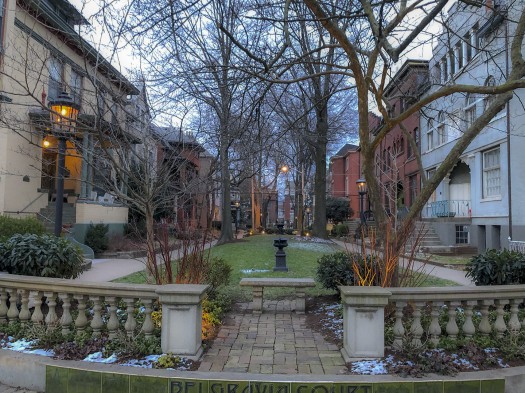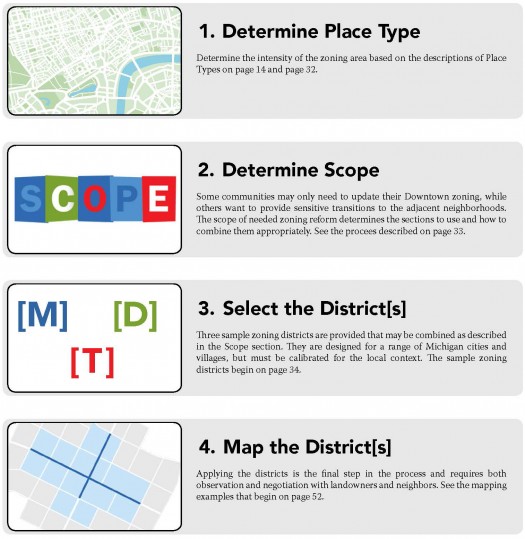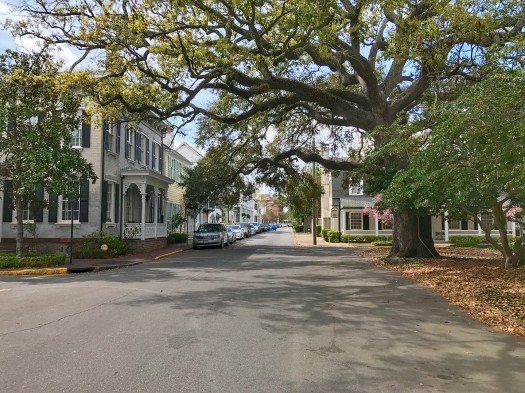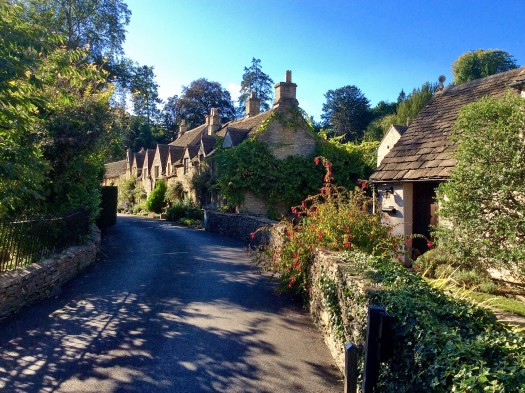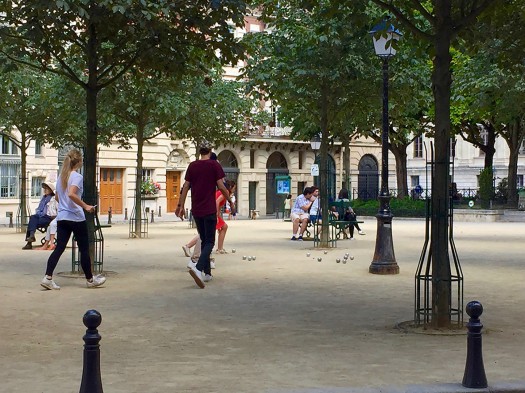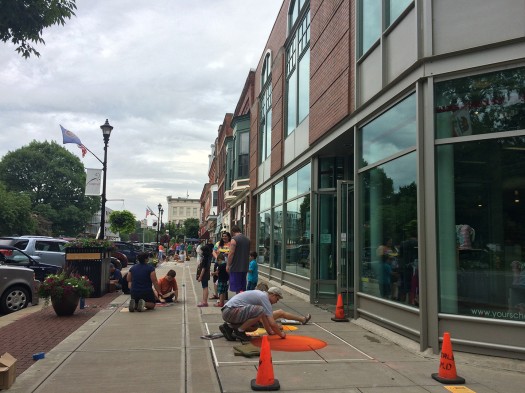Posts Tagged ‘Susan Henderson’
Dwelling Small: Breaking down barriers to compact living
Code Hackathon: What can go wrong with form-based codes?
We often talk about how places can hack their zoning code to enable livability. The Project for Code Reform is taking this idea to the next level, helping cities look for the lowest hanging fruit on the walkability front. However, for places on the cutting edge of land use reform that have already adopted a…
Read MoreA new path to code reform
The Users’ Guide to Code Reform leads planners through the code reform process, providing tools for governments lacking the capacity to develop a full form-based code.
Read MoreCNU 26: Gearing Up
In this week’s post, PlaceMaker Susan Henderson offers a deep dive into the instructive charms of Savannah, Georgia. Click below to launch.
Read MoreCivic Space: Creating Community
Public space, or as many urbanists refer to it, civic space, sets the stage for community building. The study of how we use public space has been refined by Jan Gehl over the last thirty years, since the publication of his Life Between Buildings in 1987. A couple of weeks ago, Gehl released his Public…
Read MoreLessons From Savannah
Savannah, Georgia is arguably one of, if not the most, beautiful cities in the United States. Although I lived there for a while 25 years ago, on a recent visit I was struck by the many placemaking lessons we can learn from this lovely city. In anticipation of the 2018 CNU Congress in the city,…
Read MoreThe Trifecta: Urbanism, architecture, and nature
We often blog on the benefits of nature integrated into urbanism and wellbeing outcomes of walkability. The real trifecta is when walkable urbanism, human-scale architecture, and nature come together via placemaking. A recent study from the University of Warwick points out that a scenic view delivers equal health benefits to access to nature: “Cohesion of…
Read MoreWhy Can’t My Zoning Create a Diversity of Places?
Planners frequently use the place type framework to identify different issues, challenges, and assets throughout a municipality or a region. While there isn’t a standard used across the profession, it is generally accepted that the broadest range of places includes the hamlet, village, town and city. Historically we intuitively understood how to build these places…
Read MoreTriangular Plazas: Flexible, outdoor rooms with meaningful uses
Last year I enjoyed thinking of the critical components of a successful plaza: activity, locals, and a third place. Great plazas are hosts to community engagement any time of the day or evening, they attract both locals and tourists, and always have a third place fronting at least one edge of the outdoor room. A…
Read MoreLean Code Tool
We believe form-based codes are the most efficient, predictable, and elegant way to assure high levels of walkability and urbanism – even in more rural environments. However, the political and staff capacity of many local governments is not prepared for a full zoning reform effort. CNU is developing an agenda of incremental code reform that…
Read More

